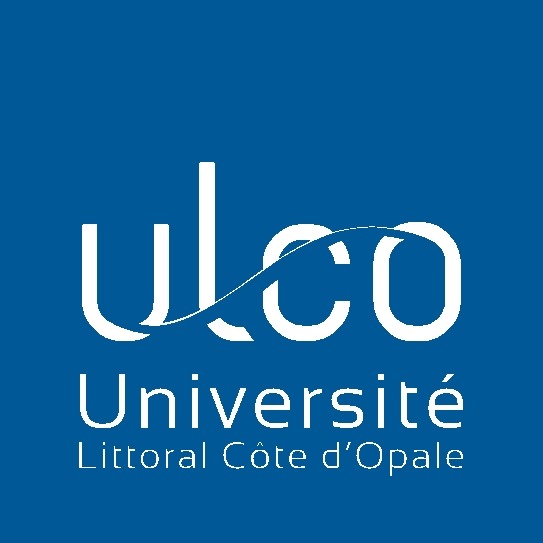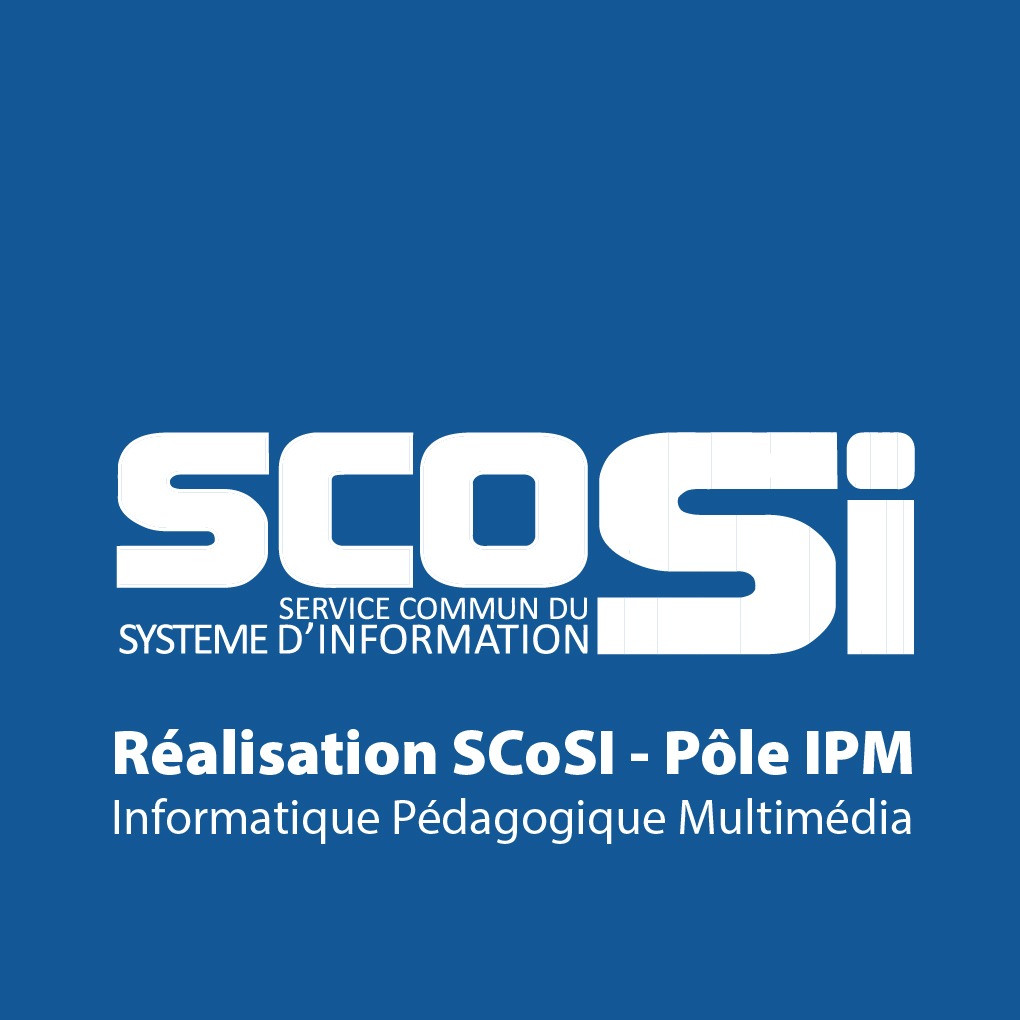Luxury in the Digital Age
In 2019, in terms of stock market value and according to WPP/Kantar data, six of the top ten luxury brands in the world are French (Louis Vuitton, Chanel Hermès, Cartier, Dior and Yves Saint Laurent). France is the world leader in luxury goods, but signs of diversification in terms of strategic options are calling out to managers and researchers.
Indeed, although it is one of the most traditional industries, the luxury sector is very dynamic and evolves rapidly under the influence of new ideas and technologies. One of these influences is the generalization of digital technologies and social networks in prospecting, choice or consumption habits. It challenges a number of fundamentals of luxury brands, including exclusivity, status, authenticity and sensory perception. Virtual, digital access to luxury is different than offline access. In the luxury literature, specific expressions such as “luxury webmosphere” or “luxemosphere” have been developed, indicating the need to adapt traditional conceptualizations to the digital context. Experimental studies have shown that luxury in a digital environment implies the introduction of new criteria for definition and description, emphasizing the new relationship between the consumer and the brand. However, little is known about the underlying mechanisms that manifest themselves in these new phenomena. Luxury is a well-studied sector in the fields of business, marketing and economics, but most existing research still focuses almost exclusively on luxury goods, ignoring luxury services, experimentations, how consumers construct their own imaginations and needs, and the impacts of digital technologies on supply and demand, design, production, perception and consumption.
A multidisciplinary and holistic approach to studying the changes and evolution of demand in the digital age is therefore necessary in order to understand the major challenges facing this industry in the coming years.
As far as France is concerned, its luxury industry is unique and competitive. The French art of living, although being an abstract concept, contributes strongly to the reputation of this sector. “French luxury” is considered a sector of excellence that combines culture, lifestyle and historical brands. The five pillars of the French art of living, namely culinary art, fine arts, haute couture, literature and the art of perfume, can be areas where the competitive advantage of French luxury companies can be strengthened. But this orientation requires the integration of digital technologies into the strategies of development and expansion that modify consumer behavior and transform the production and marketing processes of all types of luxury goods and services.
More:
Market and Organizations 2020/1 (n°37), “Rethinking luxury business”, edited by Wided Batat, Associate Professor, American University of Beirut
 |
Marché et organisations 2020/1 (n° 37)
|



